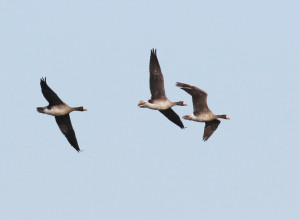
After what had seemed like endless days of gloom the sun finally showed. I decided to head to nearby Higham Marshes, to make the most of weather, with the intention of trying to photograph Northern Lapwings performing their acrobatic display flight having failed due to poor light a week or so ago. Bright skies, cool air and only a light breeze it felt positively warm walking from the sheltered areas of scrub woodland inland of the marsh, the pleasant temperature confirmed by a sighting of a sun-basking Slow Worm, but a little chillier once I was in a stonger breeze on the Thames flood defences. However, with large numbers of birds on the flooded marshes and the sky filled with the song of Skylarks and Meadow Pipits along with the yelping of Mediterranean Gulls and weird calls of displaying Lapwings it was quite a magical atmosphere. Everything was perfect for photographing Lapwings but somehow I got sidetracked by all the other birds on the marsh and with the light in my favour I got a lot of nice birds in flight photos, including those Lapwings.
I was not the only one put into a good mood by the weather. In an area of hawthorn scrub I immediately heard one of the sounds of spring; a singing Chiffchaff. In the absence of any other summer migrants I assume that this was one of the birds that winter in UK but nonetheless it is a nice sound to hear.
A pair of Green Woodpeckers were ant-hunting on some exposed, sandy soil next to some of the hawthron but typically they flew away before I could get anywhere near them.
Before heading out I had some thoughts on what surprises might turn up and as usual the surprise bird I was treated to was one that had not made my shortlist of possibilites: Little Owl. As I was climbing over a style I noticed some movement out of the corner of my eye which turned out to be a Little Owl. This bird settled in another tree a short distance away but checking the spot from which it had flown, I noticed a second bird enjoying the warmth of the sun.
Little Owl is a species that I don’t see very often so this was very nice but I chose to leave it in peace and allow its partner to return. Within moments I was out on the marsh, a large area of flooded pasture; these days it is an RSPB reserve and grazed by small numbers of sheep and cattle, but enjoyed today by large numbers of wildfowl. The marsh echoed to the curious call of Lapwings so I found myself a good spot to stand, with the sun behind me and waited for some nice photo opportunties.
Several Skylarks sang and a couple of Reed Buntings called from nearby reeds before I got my first displays and aerial conflicts from the Lapwings. With around 200 of them appearing to be thinking about breeding here there were plenty of them and I got a couple of interesting shots of Lapwings in flight as they chased each other around.
Sometimes I enjoy just standing in a good spot and waiting to see what turns up and here I had found a gate to lean on and break up my outline so that I was not quite so obvious to birds going about their business. Linnets, Meadow Pipits and groups of Starlings put in an appearance and by scanning the marsh I picked out a few Common Snipe while the noisy Redshank were impossible to miss. The type of wet pasture present at Higham Marsh is the habitat that waders like Lapwing and Redshank breed in and which has disappeared in many areas. Since becoming an RSPB reserve the habitat here has dramatically improved for these birds and it will be interesting to see how many manage to breed. Judging by the numbers present on this occasion there will be plenty that at least attempt to nest.
High levels of activity on the marsh meant that there was a lot of movemement of birds so I took the opportunity to photograph some of the commoner species as they flew past. I always find that these flight photos bring out a different perspective to appreciating birds; take a look at the following photos showing a pair of Eurasian Wigeon, a Canada Goose and two Mute Swans.
Scanning through the huge flocks of Wigeon on the River Thames I spotted one male Pintail and a couple of Oystercatchers plus a Grey Plover were roosting on the river bank. Throught the afternoon I had been watching a group of Greater White-fronted Geese grazing on the marsh but they were a little far away for any nice photos but when they took flight I was treated to a nice fly past.
Realizing that I had not taken half as many photos of Lapwings as I had intended I continued to watch for birds in flight but once again got sidetracked by Mediterranean Gulls and Eurasian Curlews coming onto the marsh as the tide covered the mud along the river.
A flock of Barnacle Geese took flight into a nice sunset reminding me that I had a long walk back and limited time before darkness. Hopefully there will be some more good weather soon and plenty of opportunity to watch nesting Lapwings over the next couple of months.


 March 20th, 2021
March 20th, 2021  Nick
Nick 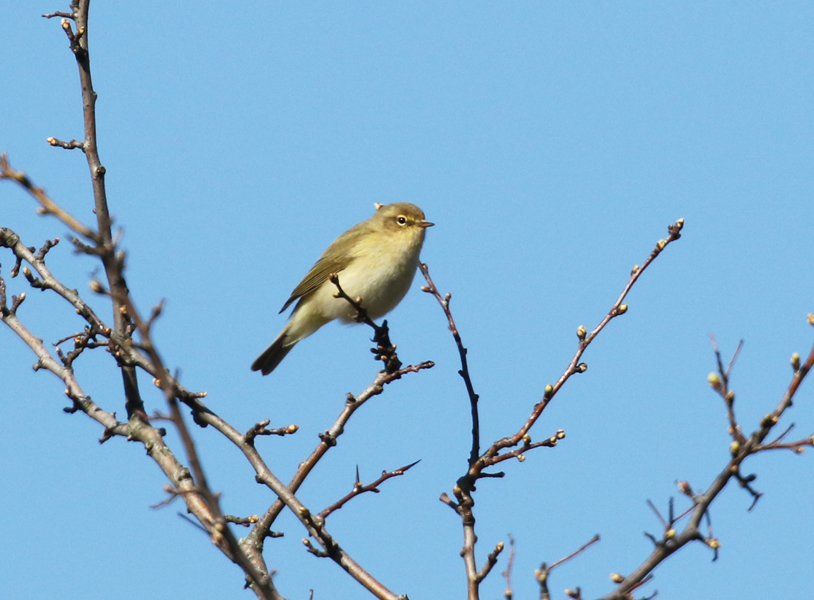


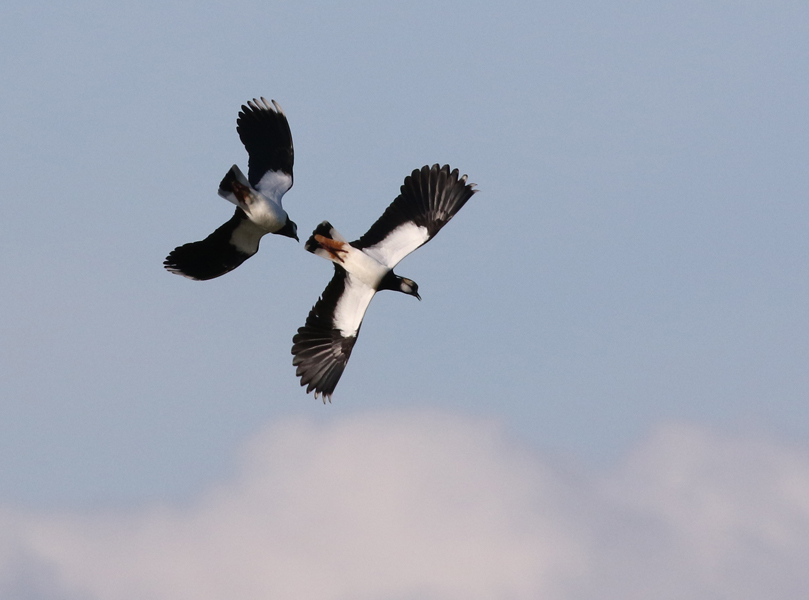


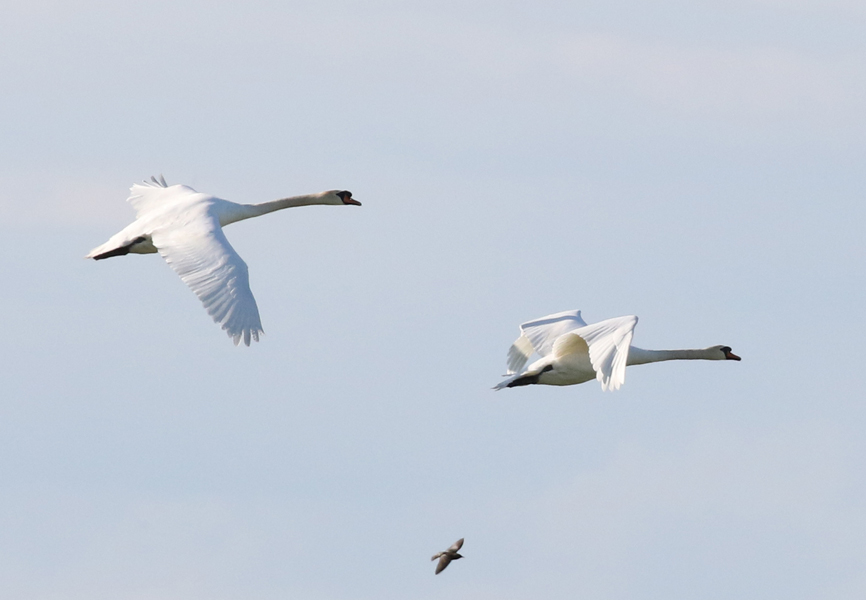
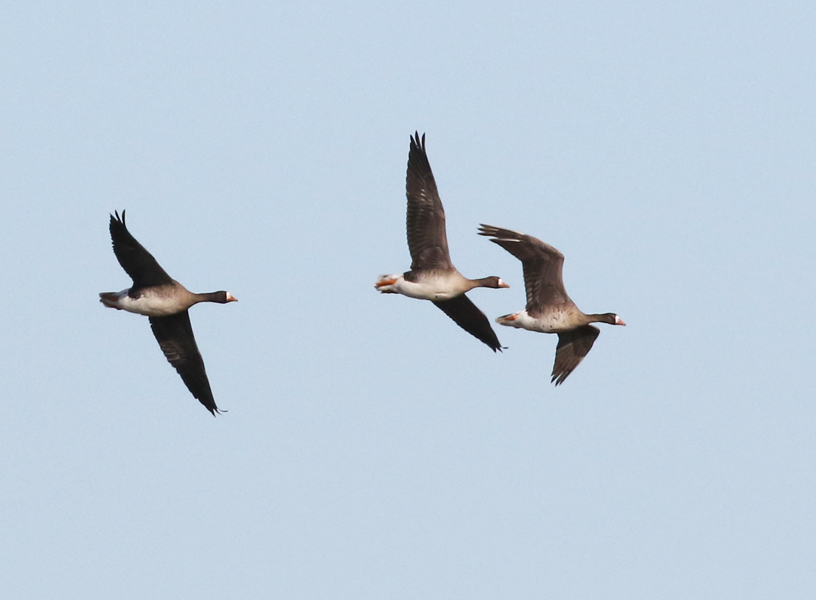
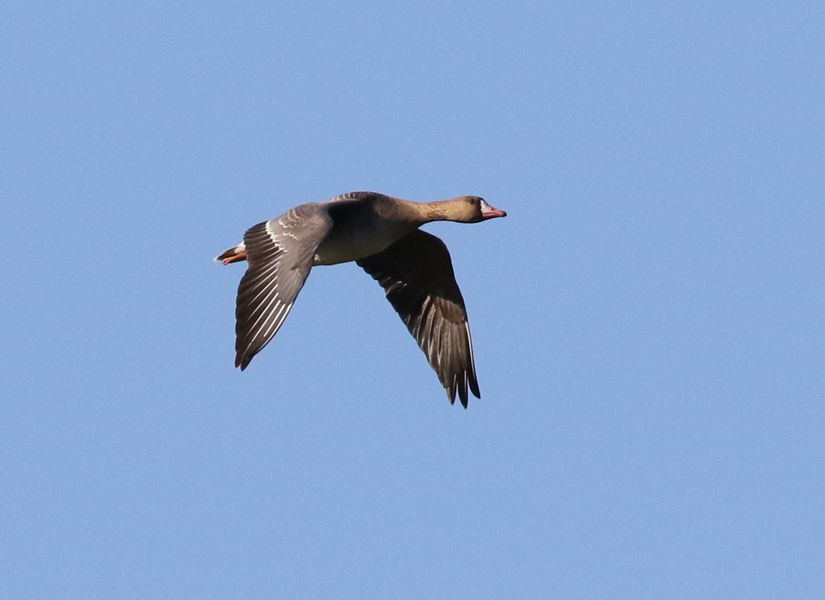
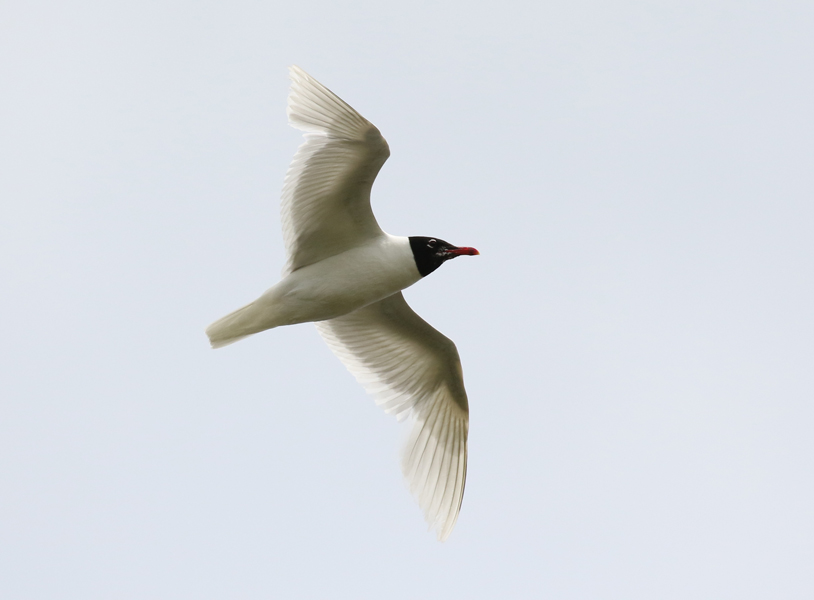
 Posted in
Posted in  Tags:
Tags: 










